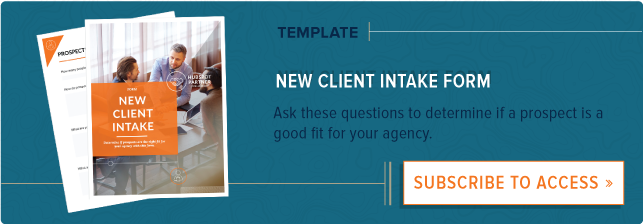

Inbound marketing is still a new methodology. Yes, there are more people practicing it than ever before, but it's new territory in many ways.
One of the most interesting aspects of inbound that we noticed recently was that there’s a pulse, heartbeat, or rhythm to an inbound engagement. When you’re active with over 40 inbound clients, you see patterns and trends that provide you insights into what needs to be improved over time.
We started to see that clients whose program pulsed more rapidly achieved better results. Some examples included more frequent blogs, more frequent content offers, more frequent conversion optimization, and more frequent interactions on community sites. It makes sense, but the concept of a pulse extends beyond the deliverables.
If our goal is to get clients even better results, then we need to be looking at ways to improve the engagement. The concept of a pulse -- and more specifically a more frequent pulse -- came out of this continuous effort on our team’s part.
Here are some ways the engagement can pulse more frequently. Before you ask, yes this has a lot of ramifications across the agency, but we’ll discuss them in a later article; for today, it’s about the results.
More Frequent Strategy Sessions
In the beginning we did strategy once a year. Soon, we realized our clients' businesses changed more rapidly than that, and we weren’t part of that conversation. We moved to quarterly strategy reviews, and that was fine ... until content become critical to driving results. Now, most of our clients get monthly strategy sessions that allow us to set priorities, focus content, and adjust the program components more frequently.
More Frequent Blog Articles
I believe that the more you blog, the more visitors you get to your website. In every test we did at Square 2 Marketing, clients who blogged more frequently had more visitors to their website. However, it costs clients more to blog more frequently, so you need to be smart about how you increase the number of blog articles without exponentially increasing the investment required.
In some cases, clients supplement what we’re doing. They work off of our strategy plan to keep the content connected to keywords, to keep those articles promoting our long form content, and connect effectively with the social media and community outreach tactics. In other cases, we’ve opted for curated content -- articles pulled from long form content that cost a fraction of what an original article might cost. Both have delivered dramatic improvements.
More Frequent Content Offers
If blog articles drive traffic, then content drives leads. Think about it. Today your clients' prospects visit sites one, two, four, even more times before they decide to convert. If you have only one top-of-the-funnel offer, or you use only one bottom-of-the-funnel 'Contact Us' page, you’re not going to see leads. This is one of the problems with most of the traditional sites we see.
You have to find ways to pulse the content creation effort more frequently. This should be directly proportional to the number of leads the client needs: more leads, more frequent content is required. But you can’t just write content for content’s sake. You need it to be part of the broader strategic effort, integrated into the editorial calendar, focused on keywords and contextual search, and part of a publishing effort.
More Frequent Conversion Optimization
How we built and managed websites is changing, too. The days of the big site build and launch are over. Today we drive smaller site improvements, more frequently. This gives us the ability to gain insight into the behavior of our personas and do conversion optimization in real-time.
Many of the experts believe there are no best practices when it comes to websites -- and more specifically, landing pages. What works for you, your company, and your prospects might not work for another company’s prospects. You need to see what is actually working and then make adjustments to drive real conversion optimization. The more frequently your team is able to review the analytics and make improvements, the better the program is going to perform.
This is only a handful of the activities that might have been going on quarterly that, when shifted to monthly or weekly, dramatically increased results for clients.
Now the challenge is getting clients to pay for the increased activity, and clearly being able to illustrate the connection between the program pulse and the results. The ROI isn’t difficult to demonstrate, but as we know, that often isn’t enough. The stories and client examples have to go along with it. This is the key to becoming a more profitable and successful inbound agency.
Mike Lieberman is the co-founder, President and Chief Inbound Scientist at Square 2 Marketing. Mike recently launched a new consulting firm that specializes in helping agency transition to inbound. For more visit Agencies 2 Inbound or follow him @Mike2Marketing.


![Why Your Clients Are Ignoring You [Infographic]](http://53.fs1.hubspotusercontent-na1.net/hubfs/53/00-Blog_Thinkstock_Images/marketer-time.png)





